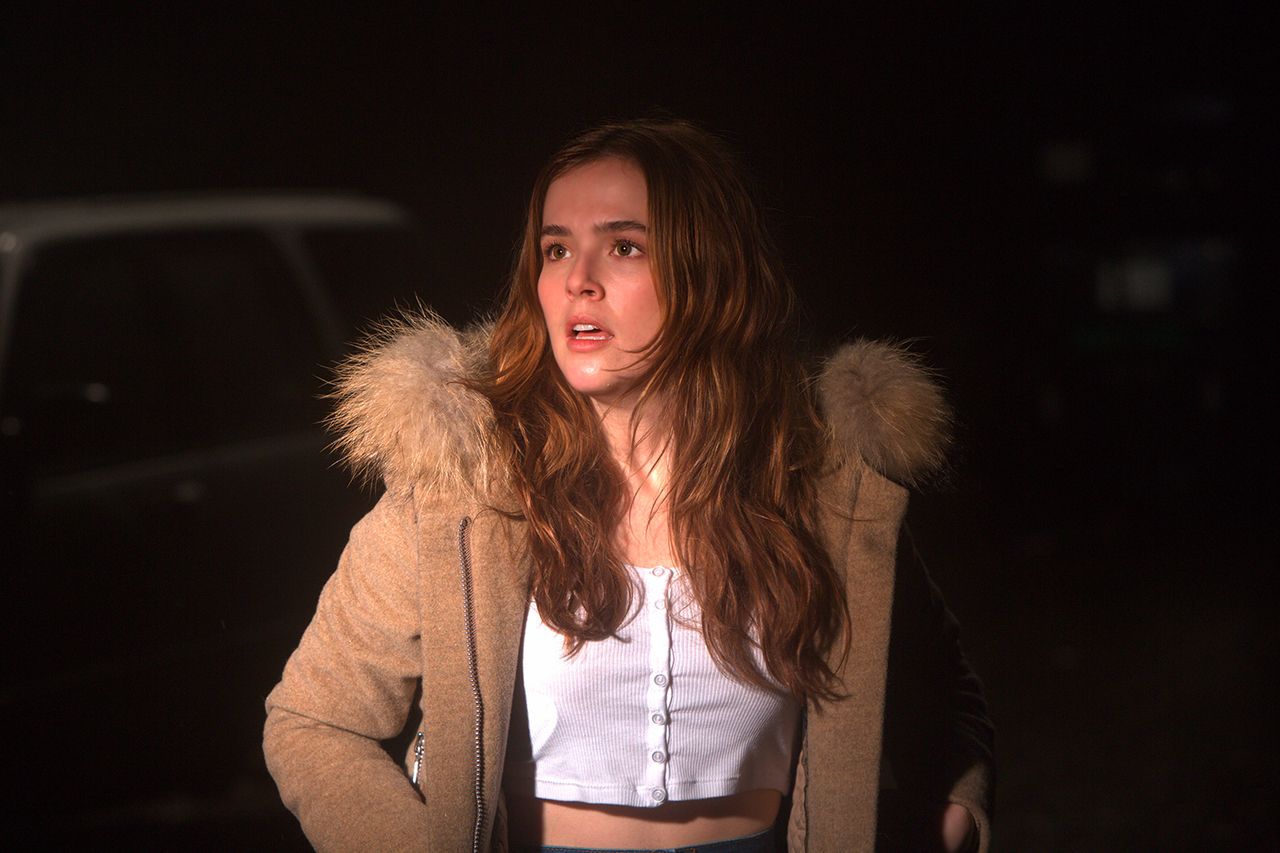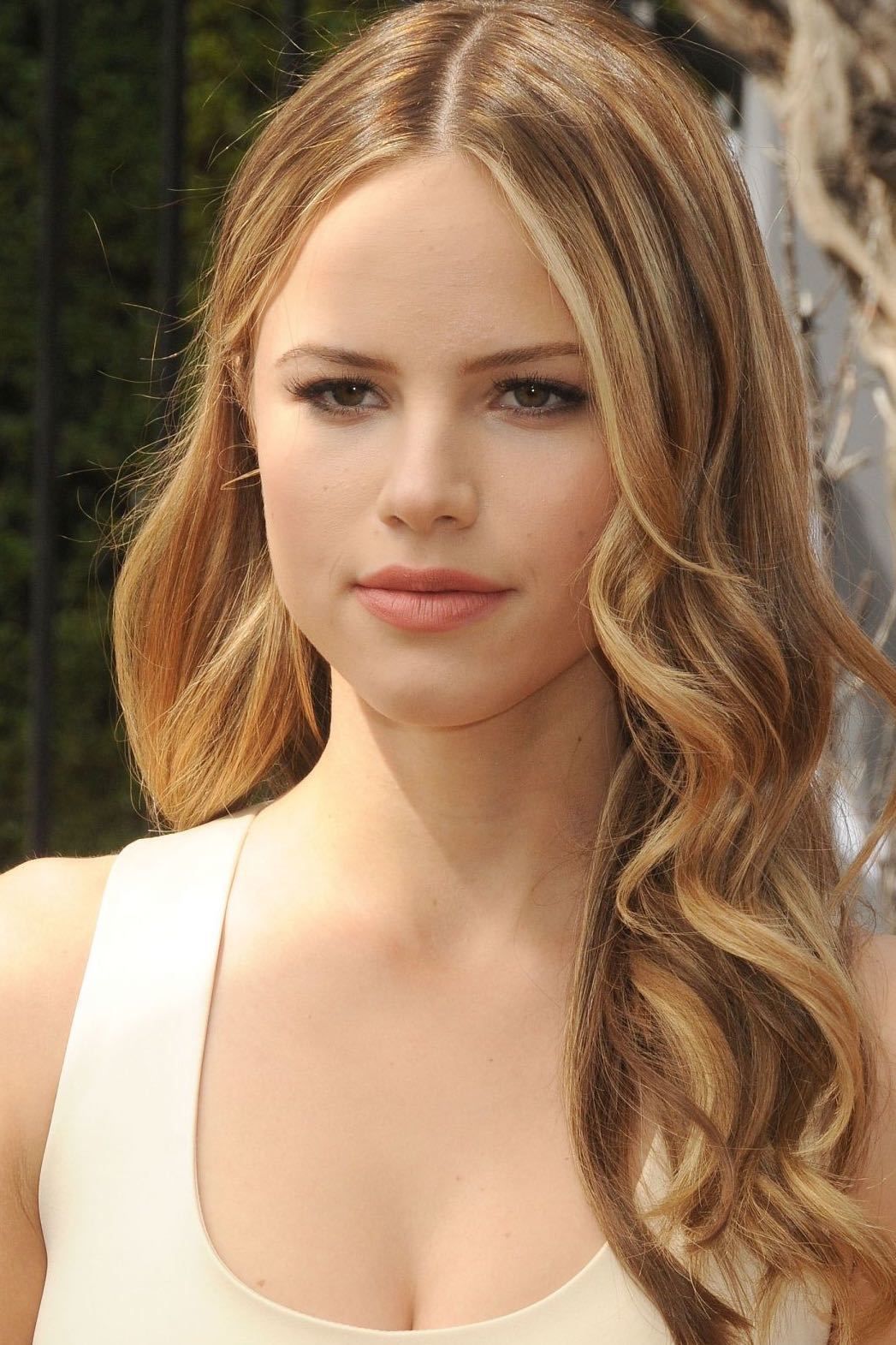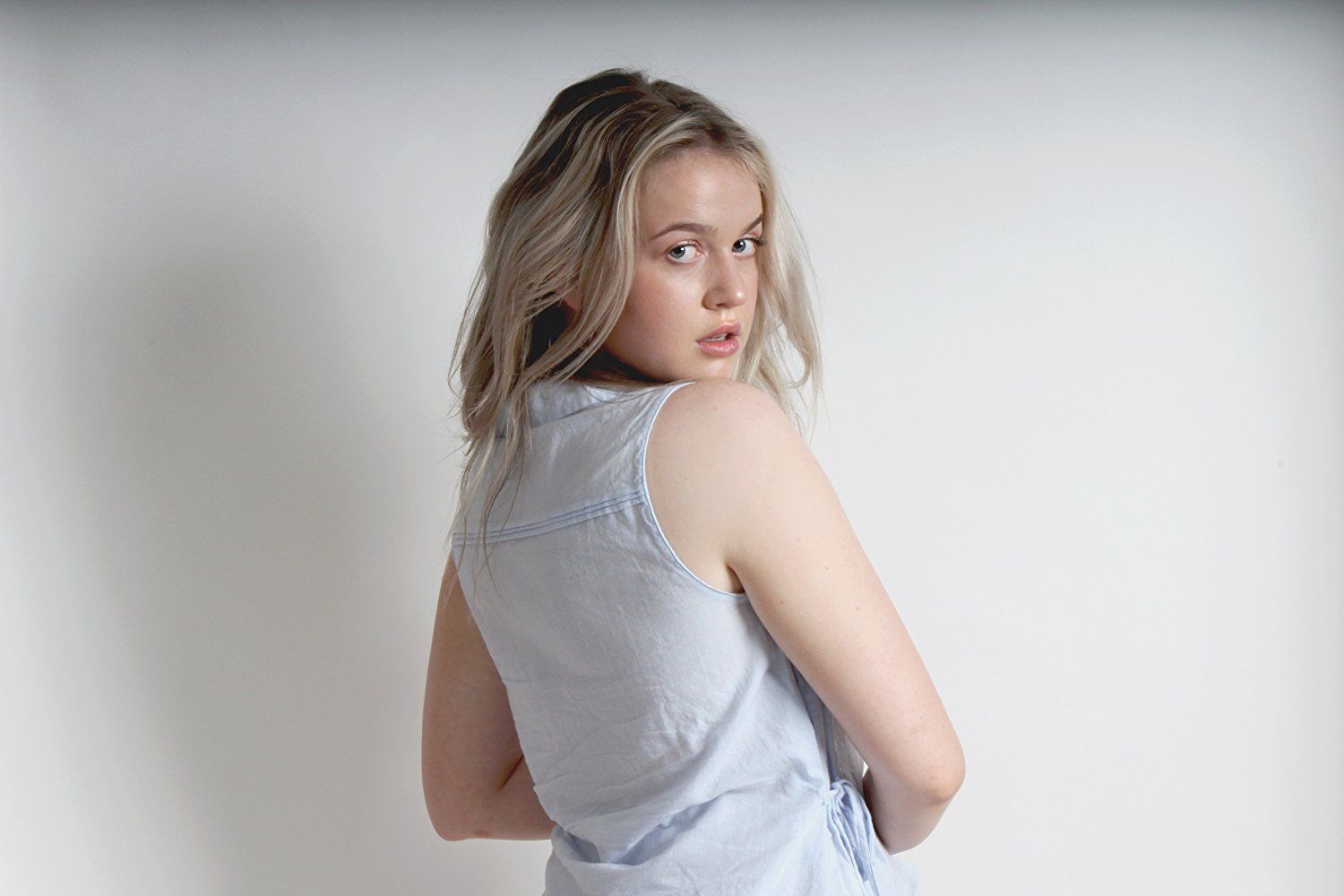Have you ever stopped to really look at the subtle beauty in an animal's coat, perhaps wondering about the unique blend of colors that makes it so special? It's a fascinating subject, really, how nature paints its creatures with such a variety of shades and patterns. When we hear a name like Roan Curtis, for example, it almost makes you think of something with a distinct, memorable look, doesn't it? It suggests a certain character, a quality that stands out in a gentle, yet striking way.
What we're talking about here, in a sense, is the concept of "roan" itself, a descriptive term that brings to mind a very particular kind of appearance. It's a visual characteristic that has captivated people for ages, often seen in animals that carry a mix of hues that simply don't fade away as they get older. This particular color arrangement, you know, is quite different from how an animal might just get gray hair with time, which is a common occurrence for many creatures.
This distinct look, often associated with the word "roan," is more than just a passing phase; it's a permanent feature. It’s a special kind of coat that shows up in various animals, from horses to cows and even some dogs. So, when you consider the name Roan Curtis, it almost feels like it carries with it this idea of enduring distinctiveness, a lasting impression of a truly interesting blend of attributes.
Table of Contents
- The Story of "Roan" - A Color's Journey
- How Do We Recognize the Roan Pattern in Animals?
- What Are the Different Types of Roan Coats?
- Beyond the Animal Kingdom - Other Uses for Roan
The Story of "Roan" - A Color's Journey
The term "roan" itself describes a very particular kind of animal coat. It's about an even combination of white hairs and hairs that hold a lot of color, and this mix, you know, does not change as the animal grows older. It’s not like a person getting gray hair or a coat losing its color over time; this is a consistent appearance from a young age. There are, as a matter of fact, many different genetic situations that lead to these specific color mixes showing up in animals.
The basic idea of roan, really, involves a main color, something like a deep red, a dark black, or a rich brown, that gets softened and brightened because white hairs are mixed right into it. This means the overall effect is a bit lighter and perhaps more complex than just a solid shade. It creates a kind of visual texture, a subtle blend that can be quite striking. This particular kind of coat, you know, has a certain appeal, a kind of softness that comes from the way the colors play together.
When we think about how to describe something as "roan" in a sentence, it generally points to this unique blend. It's a way of talking about an animal that has this specific kind of hair pattern. It’s a very precise description, actually, helping us picture exactly what the animal looks like without having to see it directly. This precise language helps people communicate clearly about these beautiful animals, which is pretty useful, really.
Characteristics of the Roan Color Pattern
| Characteristic | Description |
|---|---|
| Hair Mixture | An even blend of white hairs and hairs with color. |
| Aging Effect | The color does not fade or turn gray as the animal ages. |
| Genetic Basis | Caused by various genetic conditions. |
| Base Colors | Often seen on base colors such as red, black, or brown. |
| Overall Appearance | The base color is muted and lightened by the white hair mix. |
| Body vs. Points | Body has the mixed hairs; head, lower legs, mane, and tail are mostly solid. |
| Common Animals | Frequently found in horses, cows, and dogs. |
What Makes the Roan Color So Special for Roan Curtis and Others?
What really sets the roan color apart, you know, is its lasting quality. Unlike some other coat patterns that might change or become dull with time, a roan animal keeps its distinct look throughout its life. This consistent appearance is a big part of what makes it so special. It means that the animal you see today with that beautiful mix of hairs will look very much the same years down the road, which is pretty cool, if you think about it.
The way the white hairs are distributed so evenly across the body is also a key feature. It's not just a few scattered white hairs here and there; it's a truly uniform blend that creates a soft, almost frosted appearance. This evenness is what gives the roan coat its characteristic appeal, making it quite different from other patterns like dappling or spotting. It’s a very particular kind of beauty, almost like a finely blended piece of art.
And then there's the fact that this color is tied to specific genetic traits. It's not just a random occurrence; it's a part of the animal's inherited makeup. This genetic aspect means that the roan pattern is a predictable and stable characteristic within certain animal lines. It's a truly remarkable aspect of animal genetics, actually, how these specific traits are passed down and continue to create such beautiful variations.
How Do We Recognize the Roan Pattern in Animals?
When you're trying to spot a roan animal, especially a horse, there are some clear things to look for. The main characteristic, you know, is that even mix of colored hairs and white hairs right on the body. This means the torso, the flanks, and the back will show that distinct blend. It’s a very noticeable feature, actually, once you know what to look for.
However, what makes it really interesting is that the head and what are called the "points" tend to stay mostly solid in color. These points include the lower parts of the legs, the mane, and the tail. So, you might see a horse with a body that has this beautiful, mixed appearance, but then its face, its lower legs, and its flowing mane and tail will be a single, unmixed color. This contrast, you know, is a very strong indicator of a roan coat.
For example, a horse might have a body that looks red with white hairs mixed in, but its head and legs could be a solid red. This specific pattern helps distinguish roan from other coat types that might have white markings in different places or that might fade over time. It’s a very specific kind of visual cue, really, that helps people identify these animals quite accurately.
Is the Roan Pattern Just for Horses, Like a Roan Curtis Mount?
While horses are perhaps the animals most commonly associated with the roan coat, it's actually found in many other creatures as well. It’s not just a horse thing, you know, even though they often come to mind first. This particular color arrangement shows up in a variety of livestock and pets, which is pretty cool, really.
For instance, you'll often see roan patterns in cows. Many cattle breeds display this characteristic mix of colored and white hairs, giving them a very distinct and often appealing look. It's quite common in some dairy and beef breeds, actually, where the roan coat can be a recognized and valued trait. So, it's not just about what you might imagine a "Roan Curtis" riding; it's much broader than that.
And it doesn't stop there. Dogs, too, can have roan coats. Certain dog breeds exhibit this same blend of colored and white hairs, giving them a unique appearance that stands out. It’s a trait that adds a lot of visual interest to these animals, making them quite striking to look at. So, while horses might be the poster children for roan, it's truly a widespread natural phenomenon across different animal types.
What Are the Different Types of Roan Coats?
When we talk about roan, it’s not just one single look; there are variations based on the underlying base color of the animal. This means you can have different "flavors" of roan, depending on what the main hair color is before the white hairs get mixed in. It’s pretty interesting, actually, how these subtle differences create distinct types.
For horses, a common way to describe roan types is by referring to their base color. For example, a horse that starts with a sorrel, chestnut, or bay color and then has white or gray hairs sprinkled throughout its coat would be called roan. This simple description, you know, covers a lot of ground and helps classify these animals quite well.
More specifically, if a horse has a bay base color with white hairs mixed in, it's often called a "red roan." If the base color is chestnut, the horse might be known as a "strawberry roan," which is a rather descriptive and appealing name, isn't it? And for horses with a black base coat that has white hairs mixed through, they're typically referred to as "blue roan." These specific names, really, help paint a clearer picture of the animal's exact coloring.
How Does the Word "Roan" Show Up in Language Beyond Animals for Roan Curtis, Perhaps?
It's quite interesting to consider how a word like "roan" extends its reach beyond just describing animal coats. The Oxford English Dictionary, for instance, lists as many as eight different meanings for the word. This shows, you know, that its use is pretty varied and not just limited to the animal kingdom, which is a bit surprising to some.
These different meanings are often supported by examples of how the word has been used in various writings and conversations over time. When you look at the "meaning and use" sections in a dictionary, they often provide definitions, examples of how the word is used in sentences, and even quotes from different sources to show its historical application. This kind of evidence, really, helps us get a full picture of a word's life.
So, while our main focus has been on the animal coat color, it’s worth remembering that words can have many lives and purposes. "Roan" is one of those words that has taken on different roles in language, showing how flexible and descriptive our vocabulary can be. It’s a pretty good example, actually, of how a single word can carry multiple ideas.
Beyond the Animal Kingdom - Other Uses for Roan
Beyond its primary association with animal coat colors, the word "roan" also has a less common but still notable meaning. It can refer to a particular kind of leather. This might seem like a bit of a jump from animal coats, but when you think about it, leather comes from animals, so there's a connection there, you know, even if it's indirect.
This type of leather has been used for various purposes over time. It’s a material that has its own set of characteristics and applications, separate from the visual description of an animal's fur. This usage of the word "roan" points to its historical depth and how it has been adopted into different crafts and industries. It’s a very old word, actually, with a lot of history.
And speaking of leather, there are even brands that incorporate "roan" into their names, perhaps to evoke a sense of natural quality or a unique finish. For example, you might discover a collection of premium leather footwear and accessories for men and women that uses "roan" as part of its identity. This suggests a certain craftsmanship and attention to detail, perhaps mirroring the distinctiveness we see in the animal coat itself. It’s a pretty clever way, really, to tie into a word with such a rich visual history.
This discussion has explored the meaning of "roan" as a specific animal coat pattern, characterized by an even mixture of white and colored hairs that do not gray with age. We looked at how this pattern is genetically determined and how it appears differently on the body compared to the head and points. The article also touched upon the different types of roan based on base colors, such as red roan, strawberry roan, and blue roan. Furthermore, we considered that "roan" is not limited to horses but is found in other animals like cows and dogs. Finally, the text briefly mentioned other meanings of the word, including its use to describe a type of leather.
Related Resources:
Detail Author:
- Name : Corine Wehner
- Username : bonnie.gutkowski
- Email : alessandro.kuphal@auer.net
- Birthdate : 1982-01-28
- Address : 4393 Kutch Islands Port Prudenceton, UT 93067
- Phone : 1-351-803-5031
- Company : Lesch Group
- Job : Social Scientists
- Bio : Aut iusto pariatur impedit non sapiente cupiditate iusto. Et est nam maxime enim. Repellendus sequi voluptas aspernatur consectetur praesentium qui et fugiat.
Socials
facebook:
- url : https://facebook.com/edison_dev
- username : edison_dev
- bio : Culpa reprehenderit dolor nisi quia enim.
- followers : 1408
- following : 1253
linkedin:
- url : https://linkedin.com/in/hartmann2010
- username : hartmann2010
- bio : Repudiandae dolor harum omnis hic voluptas.
- followers : 3740
- following : 381


